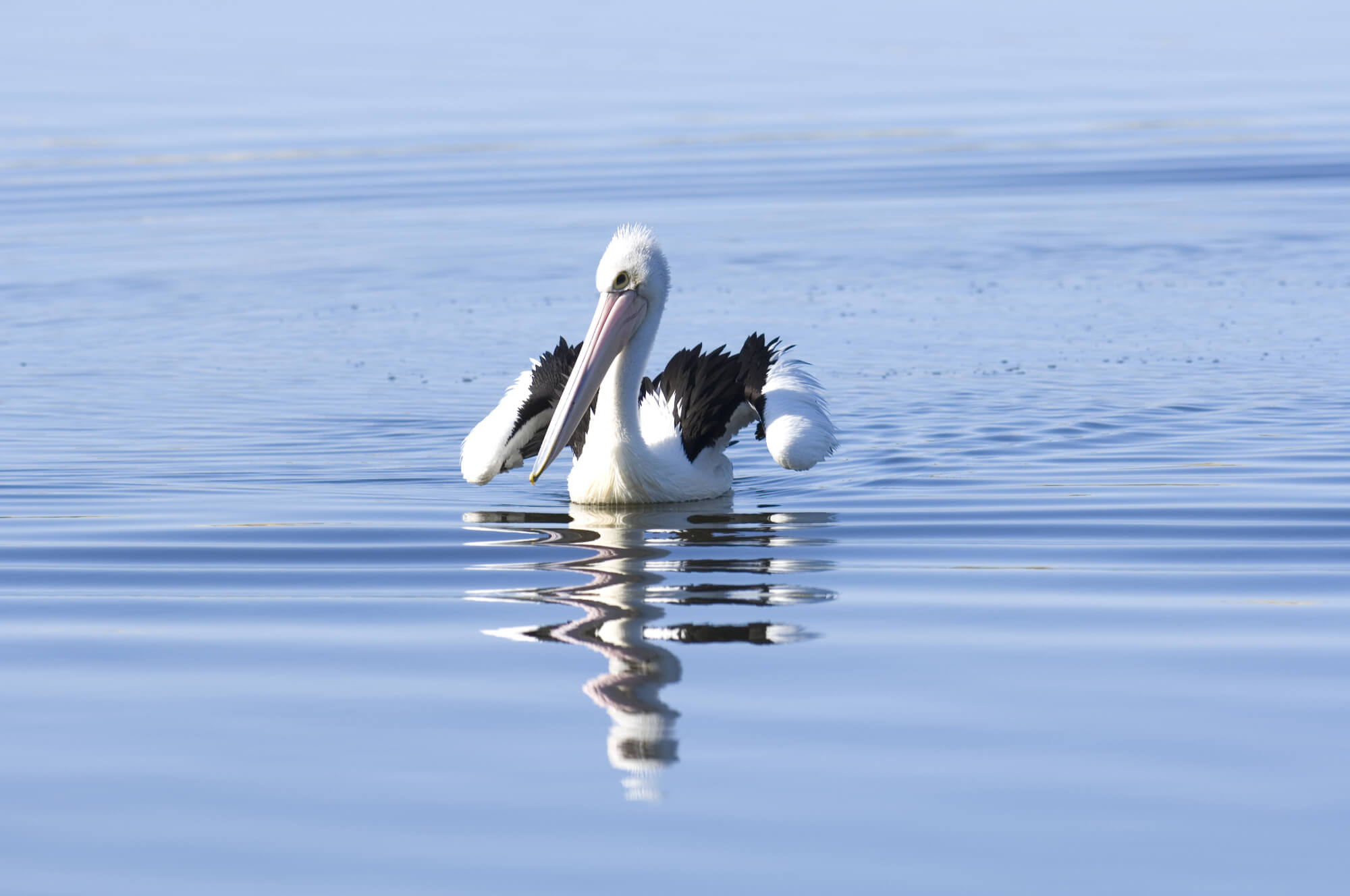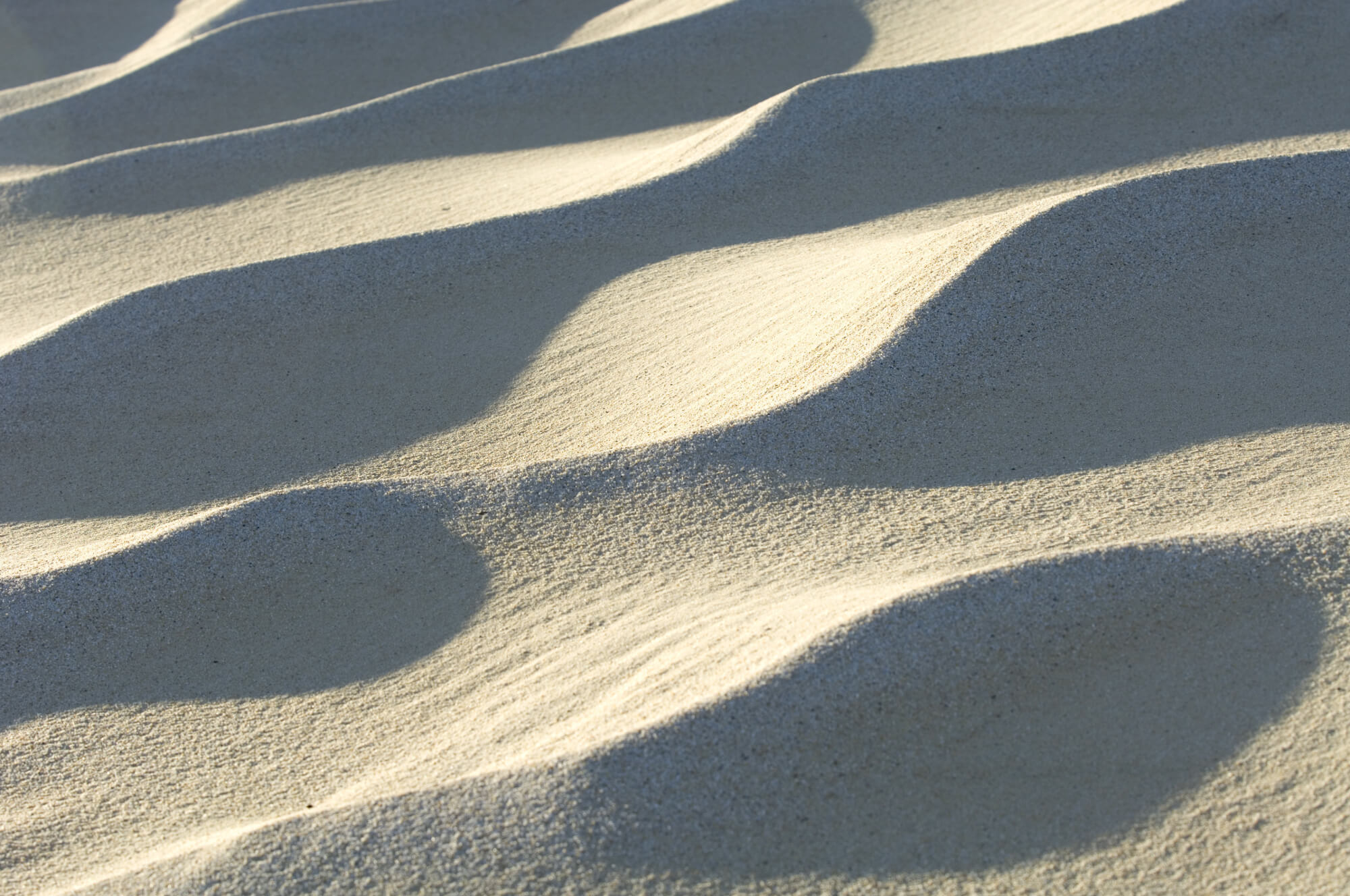Aboriginal Victorians provide important traditional knowledge in marine and coastal management - to heal and protect our marine and coastal environment for future generations.
Aboriginal Victorians are one of the oldest continuing cultures in the world.
Cultural landscapes
Our cultural landscapes are the product of generations of economic activity, material culture and settlement patterns.
While colonisation resulted in Victoria’s landscape being broken up into different land tenures, and different management regimes, Aboriginal people remain connected to Country and cultural landscapes.
Sea Country and Saltwater people
Aboriginal communities have resided in Australian coastal areas for the past 65,000 years and are often termed ‘Saltwater people’.
Under Aboriginal interpretations, saltwater people refers to Australian Aboriginal peoples from coastal areas who are the Traditional Owners, guardians and custodians of the lands and waters characterised by saltwater environments.

Understanding cultural landscapes
Aboriginal dreaming stories are a vital means to understanding the importance of ecological and social contexts. Also, they inform the development of systems that facilitate the cultural application of Sea Country management in the contemporary Victorian land and seascape.
Country is a place of belonging and way of believing and living, relating to all aspects of an Aboriginal person’s existence including culture, spirituality, language, law, family and identity.
Victorian Aboriginal Language and connection to sea Country
There are over 250 known Australian Aboriginal languages. Each saltwater Aboriginal culture group has a Country-specific relationship to their specific lands and waters of which language and traditional knowledge are integral parts of this relationship, therefore, a generic language or set of traditions does not exist.
At the time of British colonisation, there were about 38 languages and 11 language families across Victoria. In coastal areas, there were about eight known Aboriginal language families across coastal Victoria, geographically listed (west to east): Buandig, Dhauwurd Wurrung, Keerray Woorroong, Gadubanud, Wadawurrung, Boon Wurrung, Gunai Kurnai and Bidwell.
Since British colonisation, many languages have dissipated or disappeared due to family group displacement from, or dispossession of, Country and enforced laws during colonisation forbidding communities to speak their language and suppressing cultural practices.
The importance of language in a Country-specific relationship to lands and waters, coupled with the diversity of languages and language families along Victoria’s coastline and marine waters, highlights the need to support Aboriginal Victorians in practicing and applying their languages and language families.

Traditional Owners and marine and coastal management
Victoria’s Draft Marine and Coastal Strategy outlines roles of Traditional Owners in relation to marine and coastal management, that:
- The full integration of Traditional Owner values uses and practices in the rehabilitation and ongoing management of Country enable the continuance of Traditional Owner cultures, knowledge, and practices to heal our coastal and marine environment for current and future generations.
- Traditional Owners be involved in research, planning, management and monitoring of land and sea Country.
Traditional Owners are also recognised through the draft Regional Catchment Strategies with a common Statewide reporting indicator for partnership and participation of Traditional Owners. Such partnerships represent collaborative work to achieve natural resource management outcomes as well as Traditional Owner aspirations for their Country.
Cultural landscape health and management reporting
Our cultural landscape health and management reporting aims to incorporate the social, economic, spiritual, cultural, environmental and health and wellbeing values of Victorian Traditional Owners, Registered Aboriginal Parties and Aboriginal Victorians.
In our State of the Environment 2018 Report, recommendation one clearly expresses the ambition of our cultural landscape and health management reporting and the role of government in improving it.
Five regions are assessed in the SMCE report. The Traditional Owners of these regions include:
- Port Phillip Bay: Part of the sea countries of the Wathaurung/Wadawurrung, Wurundjeri and Bunurong/Boon Wurrung
- Western Port: Part of the sea country of the Bunurong/Boon Wurrung
- Corner Inlet and Nooramunga: Part of the sea Country of the Gunaikurnai
- Gippsland Lakes: Part of the sea Country of Gunaikurnai
- Victoria's System of various Marine National Parks and Sanctuaries.
Our approach intends to respect and support Aboriginal Victorian advancement for Treaty, self-determination and empowerment as defined in the Victorian Government’s Advancing the Treaty Process with Aboriginal Victorians Act 2018 and by Australia’s Human Rights Commission.
View a case study on the Gunaikurnai Joint Management program protecting coastal lagoons and wetlands on-Country

